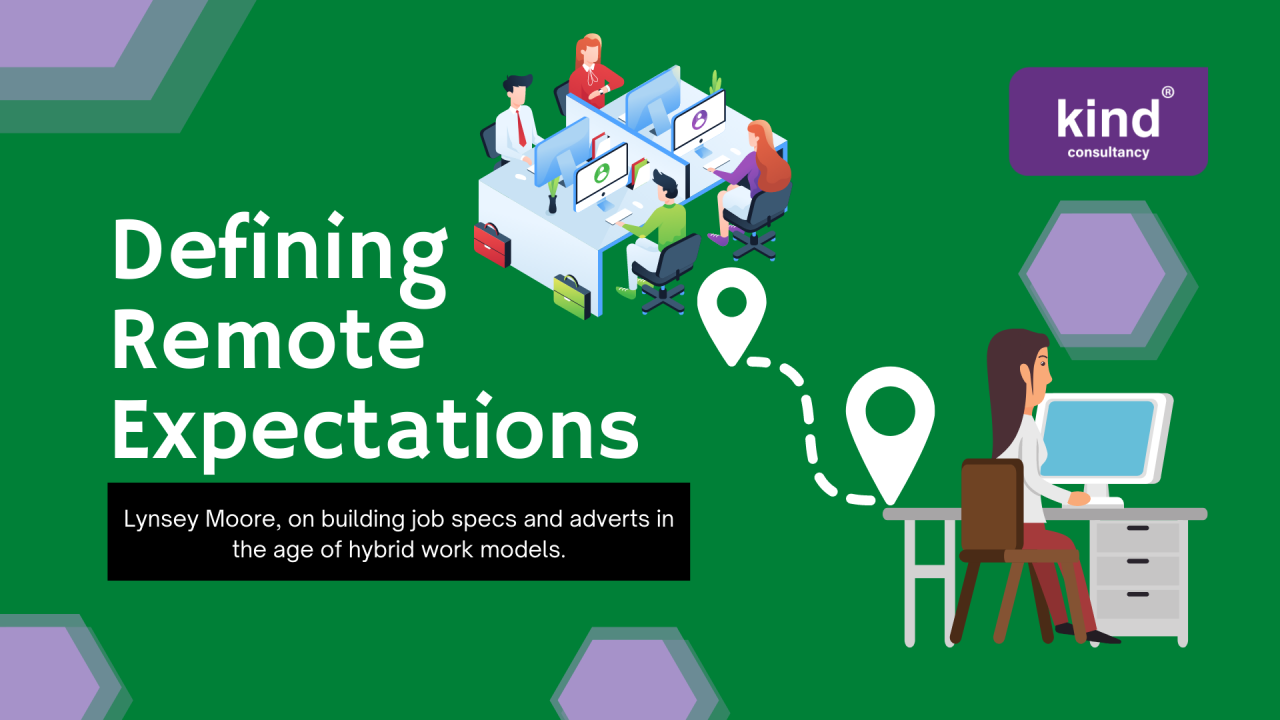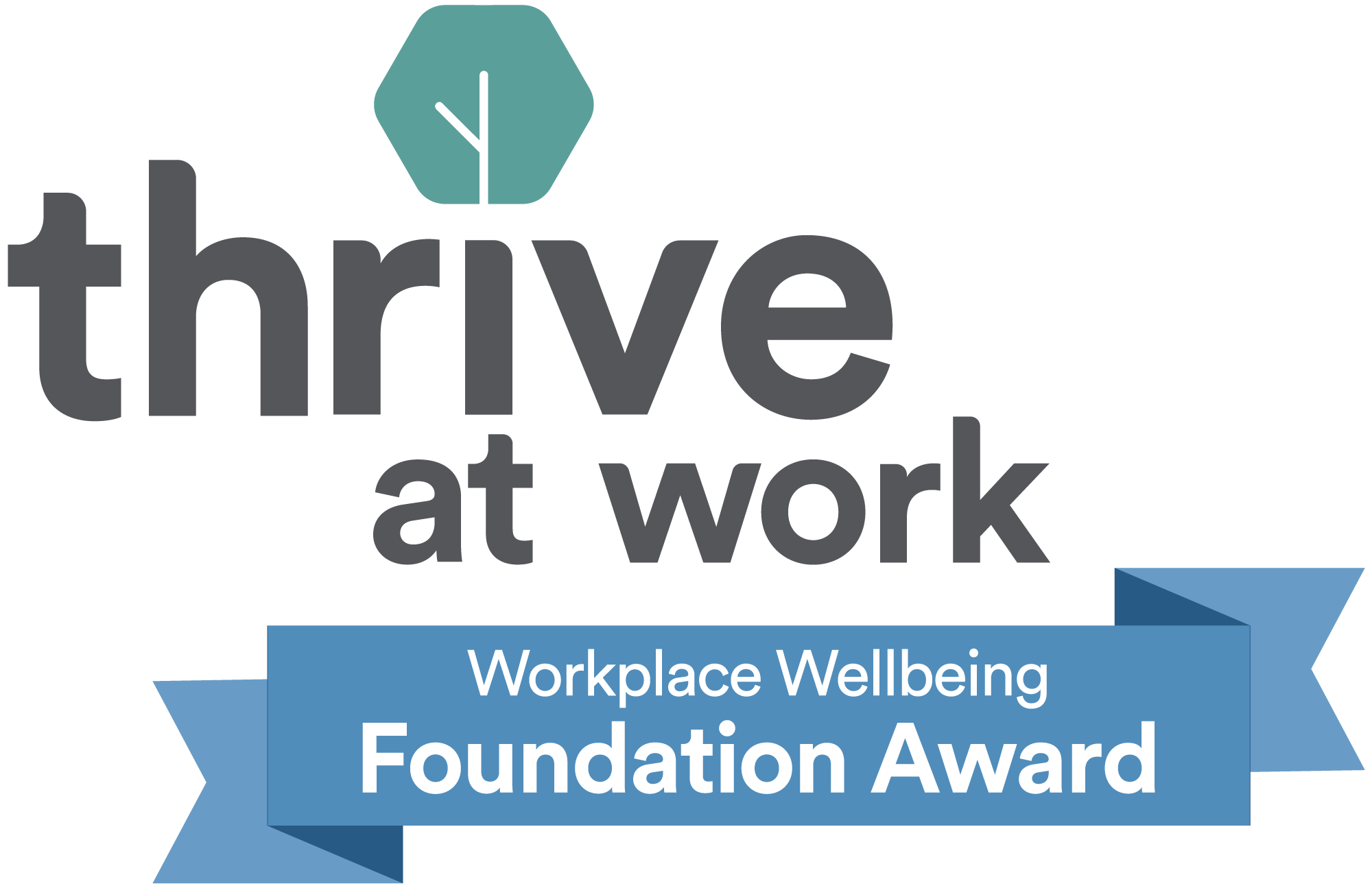Defining Remote Expectations
A lasting fundamental shift in how we work has taken place since March 2020. There had been a very gradual increase in the prevalence of hybrid and remote work models over the last decade, but the rapid need to get the workforce out of offices and functioning safely in lockdown prompted an explosion of people able to experience working from home for the first time.
23 months on, we know this wasn’t a momentary blip. Many people have realised it’s possible for the kind of work they do to be carried out successfully at home, with a commute of a few feet rather than a few hours. For some, it’s become the key deciding factor in which jobs they will and won’t consider – they know working from home makes them happier and healthier and they will never look at a job advert that is “full time in office” again. Conversely, some people found they hated the period of enforced remote work and found it detrimental to their wellbeing and productivity, and they’ve realised they need to prioritise job opportunities that are primarily office-based with a strong sense of teamwork and camaraderie.
We’ve seen a similar dichotomy amongst businesses – some found that they could keep functioning as well as ever, or even better, with their team distributed across home offices. Others struggled to adapt across multiple lockdowns and were relieved when they were able to safely bring their teams back in.
So as we approach spring of 2022, how should hiring managers and HR teams approach the single most frequently asked questions we hear from candidates – is it remote?
I think we know that every company and every job is different, and it would be foolish to say “every job should be in office” or “every job should be remote”. I think what’s vital, especially at this moment of a hugely candidate led market when employers are competing to attract the best talent, is clarity and honesty. “Potential for hybrid work” is going to get you fewer relevant applications than “Predominantly in-office, candidates in commuting distance preferred”. If it’s remote, can it be fully remote? What would you prefer? Make a firm decision and make it clear in your job specifications and adverts. It’s much better to send up a clear signal to relevant candidates than to attract far more applications from people whose expectations aren’t really aligned with your vision for the position. Consider going beyond “Hybrid” vs “Home-based” to a greater level of detail, like “Remote, with in-office meetings once per month” or “In-office 3 days per week”. More specificity enables you to connect with the best possible candidates faster.
If you’re considering how to attract the right candidates to an upcoming vacancy, we can help. Kind use a consultative partnership approach and can be involved from job spec design through to advertising and on to post-placement check-ins, making sure the right work model is integrated into the recruitment process at every stage. Contact me on 01216432100 or lynsey@kindconsultancy.com.




